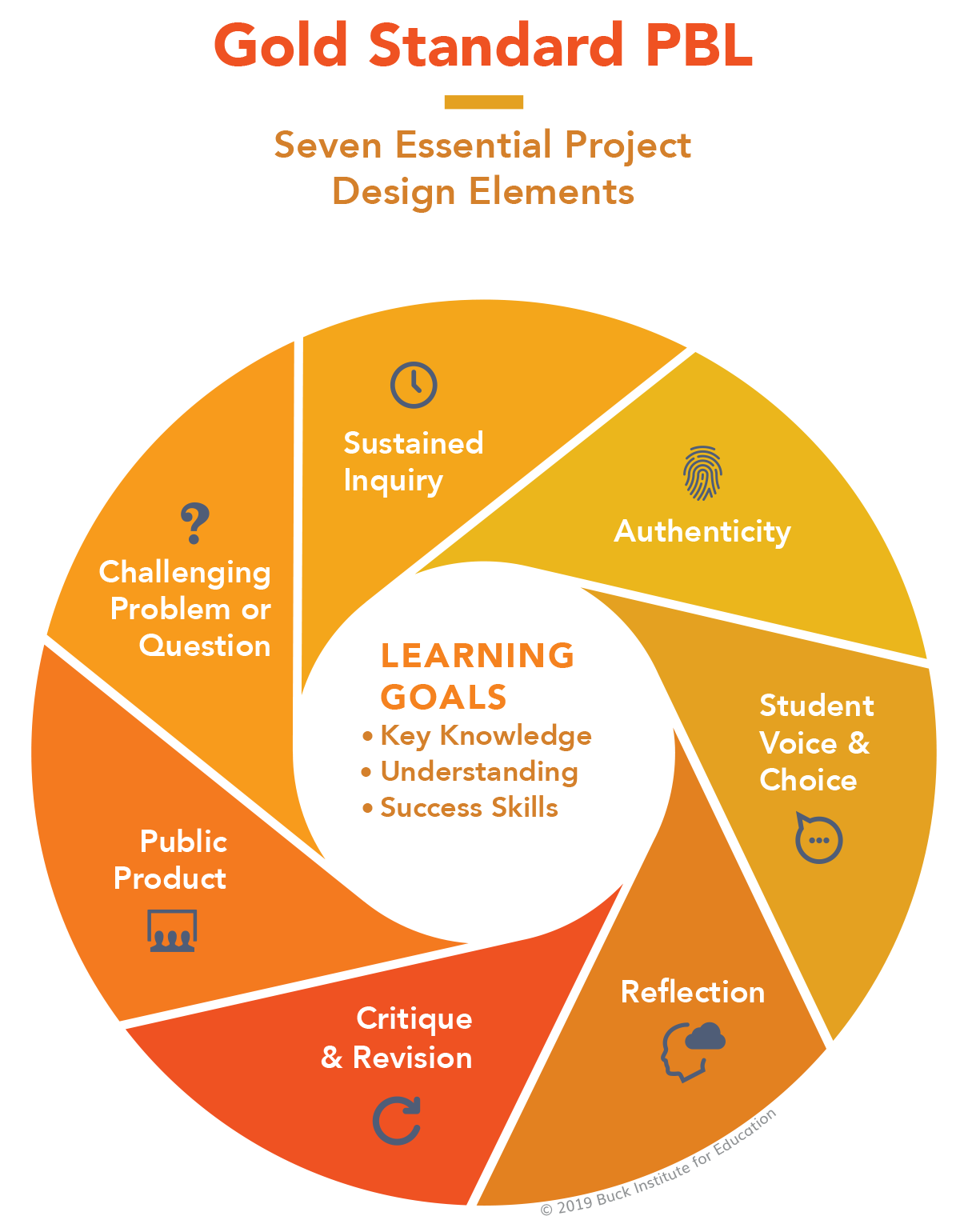Enlightened Concessions
Through project-based learning, students conduct surveys with their peers at school about healthy food products they think will be marketable for school concessions. Based on surveys and research, they choose an in-demand product to test in class and then present to a guest panel as a healthy choice.

Background
Lesson Activities
Recommended Companion Resources
Credits
Author
Ruth Bitter | CCA PBL Team
Standards
Indiana Content Area Standards
-
English Language Arts.Grade 6.W.1
Write routinely over a variety of time frames for a range of tasks, purposes, and audiences; apply reading standards to support analysis, reflection, and research by drawing evidence from literature and nonfiction texts.
- Writing Genres: Argumentative, Informative, and Narrative.6.W.3.1: Write arguments in a variety of forms that a. Introduce claim(s), using strategies such as textual analysis, comparison/contrast and cause/effect. b. Use an organizational structure to group related ideas that support the argument. c. Support claim(s) with clear reasons and relevant evidence, using credible sources and demonstrating an understanding of the topic or text. d. Establishandmaintainaconsistentstyleandtoneappropriatetopurposeandaudience. e. Use appropriate transitions that enhance the progression of the text and clarify the relationships among claim(s) and reasons. f. Provide a concluding statement or section that follows from the argument presented.
- Writing Genres: Argumentative, Informative, and Narrative.6.W.3.2: Write informative compositions in a variety of forms that a. Introduce a topic; organize ideas, concepts, and information, using strategies such as definition and classification. b. Develop the topic with relevant facts, definitions, concrete details, quotations, or other information and examples from various sources and texts. c. Use appropriate transitions to clarify the relationships among ideas and concepts. d. Include formatting (e.g., headings), graphics (e.g., charts, tables), and multimedia when useful to aiding comprehension. e. Choose language and content specific vocabulary that express ideas precisely and concisely, recognizing and eliminating wordiness and redundancy. f. Establish and maintain a style appropriate to purpose and audience. g. Provide a concluding statement or section that follows from the information or explanation presented.
-
English Language Arts.Grade 6.SL.1
Listen actively and adjust the use of spoken language (e.g., conventions, style, vocabulary) to communicate effectively with a variety of audiences and for different purposes.
- Discussion and Collaboration.6.SL.2.1: Engage effectively in a range of collaborative discussions (e.g.,one-on-one, in groups, and teacher-led) on grade- appropriate topics, texts, and issues, building on others ideas and expressing personal ideas clearly.
-
English Language Arts.Grade 7.W.1
Write routinely over a variety of time frames for a range of tasks, purposes, and audiences; apply reading standards to support analysis, reflection, and research by drawing evidence from literature and nonfiction texts.
- Writing Genres: Argumentative, Informative, and Narrative.7.W.3.1: Write arguments in a variety of forms that a. Introduce claim(s), acknowledge alternate or opposing claims, and use appropriate organizational structures. b. Support claim(s) with logical reasoning and relevant evidence, using accurate, credible sources and demonstrating an understanding of the topic or text. c. Establish and maintain a consistent style and tone appropriate to purpose and audience. d. Use effective transitions to create cohesion and clarify the relationships among claim(s), reasons, and evidence. e. Provide a concluding statement or section that follows from and supports the argument presented.
- Writing Genres: Argumentative, Informative, and Narrative.7.W.3.2: Write informative compositions in a variety of forms that a. Introduce a topic clearly, previewing what is to follow; organize ideas, concepts, and information, using strategies such as definition and classification; include formatting (e.g., headings), graphics (e.g., charts, tables), and multimedia when useful to aiding comprehension. b. Develop the topic with relevant facts, definitions, concrete details, quotations, or other information and examples from various sources and texts. c. Use appropriate transitions to create cohesion and clarify the relationships among ideas and concepts. d. Choose language and content-specific vocabulary that express ideas precisely and concisely, recognizing and eliminating wordiness and redundancy. e. Establishandmaintainastyleappropriatetopurposeandaudience. f. Provide a concluding statement or section that follows from and supports the information or explanation presented.
-
English Language Arts.Grade 7.SL.1
Listen actively and adjust the use of spoken language (e.g., conventions, style, vocabulary) to communicate effectively with a variety of audiences and for different purposes.
- Discussion and Collaboration.7.SL.2.1: Engage effectively in a range of collaborative discussions (e.g., one-on-one, in groups, and teacher-led) on grade- appropriate topics, texts, and issues, building on others ideas and expressing personal ideas clearly.
-
English Language Arts.Grade 8.W.1
Write routinely over a variety of time frames for a range of tasks, purposes, and audiences; apply reading standards to support analysis, reflection, and research by drawing evidence from literature and nonfiction texts.
- Writing Genres: Argumentative, Informative, and Narrative.8.W.3.1: Write arguments in a variety of forms that a. Introduce claim(s), acknowledge and distinguish the claim(s) from alternate or opposing claims, and organize the reasons and evidence logically. b. Support claim(s) with logical reasoning and relevant evidence, using accurate, credible sources and demonstrating an understanding of the topic or text. c. Use effective transitions to create cohesion and clarify the relationships among claim(s), counterclaims, reasons, and evidence. d. Establishandmaintainaconsistentstyleandtoneappropriatetopurposeandaudience. e. Provide a concluding statement or section that follows from and supports the argument presented.
- Writing Genres: Argumentative, Informative, and Narrative.8.W.3.2: Write informative compositions in a variety of forms that a. Introduce a topic clearly, previewing what is to follow; organize ideas, concepts, and information into broader categories; include formatting (e.g., headings), graphics (e.g., charts, tables), and multimedia when useful to aiding comprehension. b. Develop the topic with relevant, well-chosen facts, definitions, concrete details, quotations, or other information and examples from various sources and texts. c. Use appropriate and varied transitions to create cohesion and clarify the relationships among ideas and concepts. d. Choose language and content-specific vocabulary that express ideas precisely and concisely, recognizing and eliminating wordiness and redundancy. e. Establishandmaintainastyleappropriatetothepurposeandaudience. f. Provide a concluding statement or section that follows from and supports the information or explanation presented.
-
English Language Arts.Grade 8.SL.1
Listen actively and adjust the use of spoken language (e.g., conventions, style, vocabulary) to communicate effectively with a variety of audiences and for different purposes.
- Discussion and Collaboration.8.SL.2.1: Engage effectively in a range of collaborative discussions (e.g., one-on-one, in groups, and teacher-led) on grade- appropriate topics, texts, and issues, building on others ideas and expressing personal ideas clearly.
